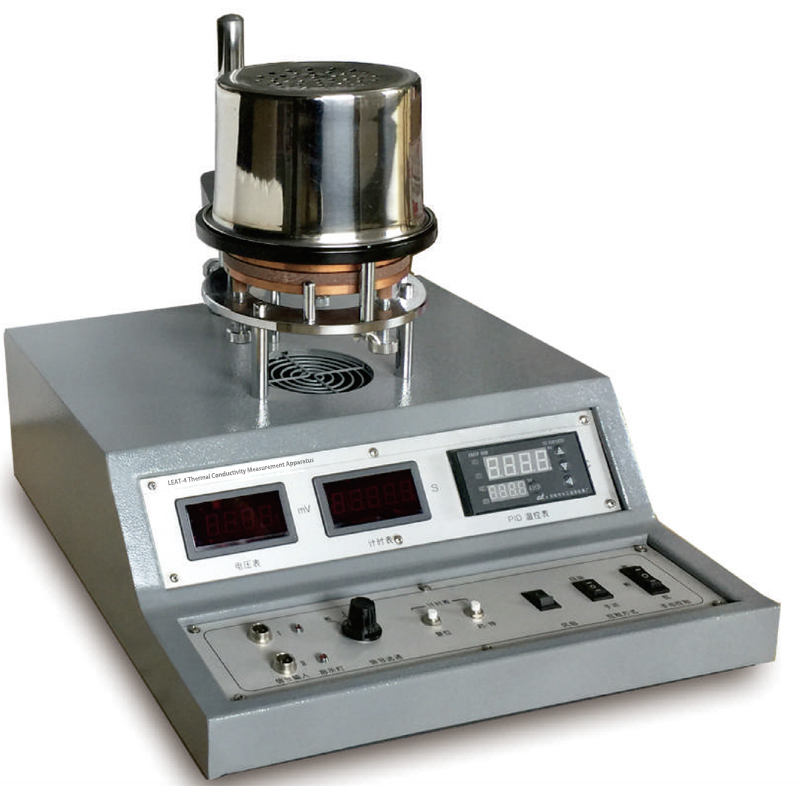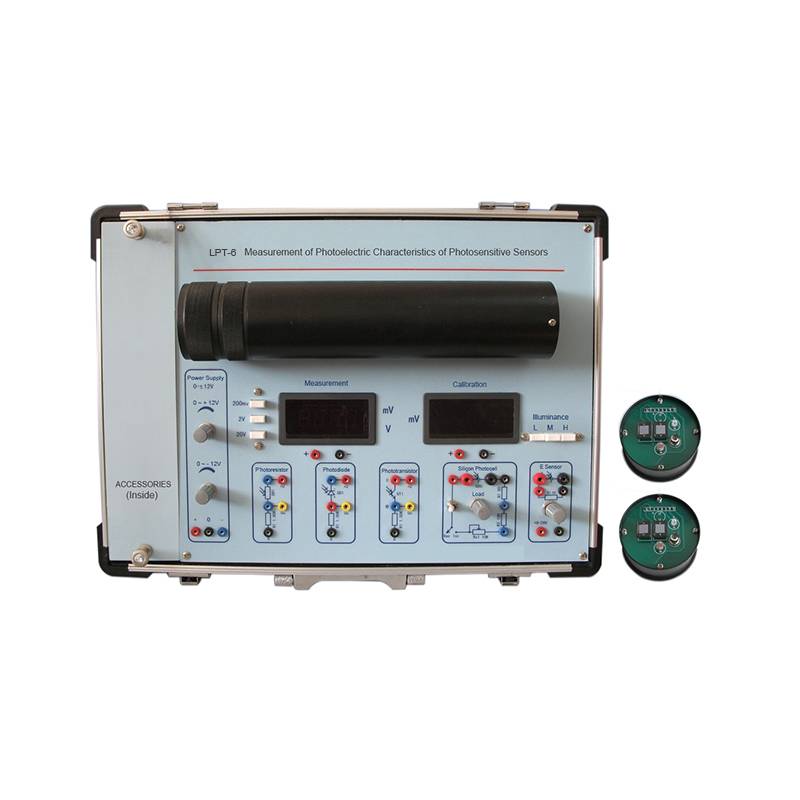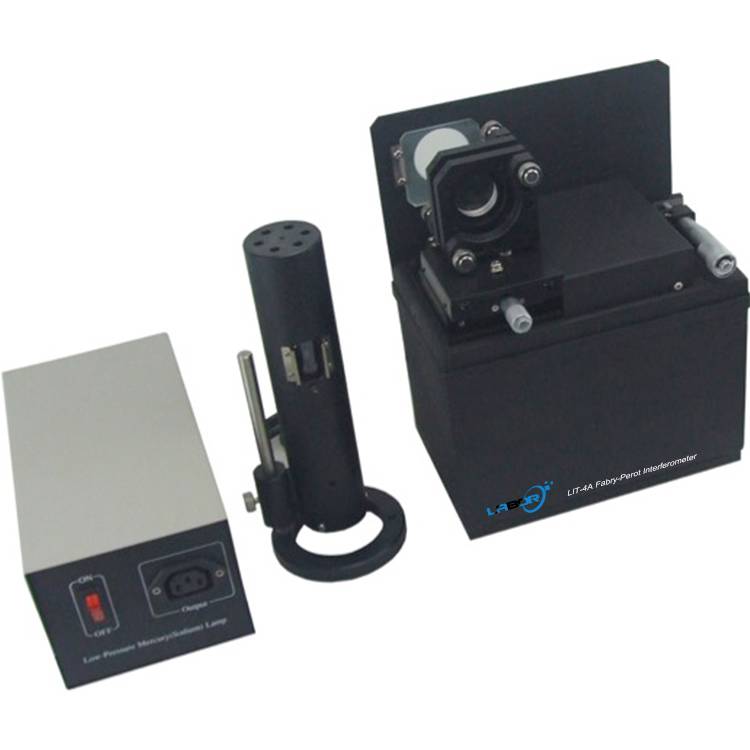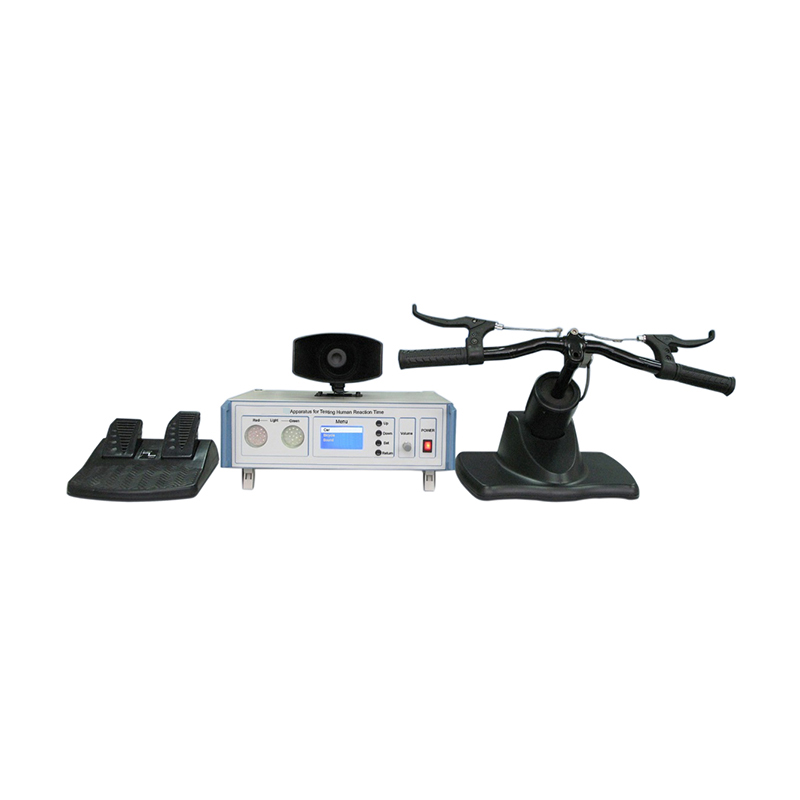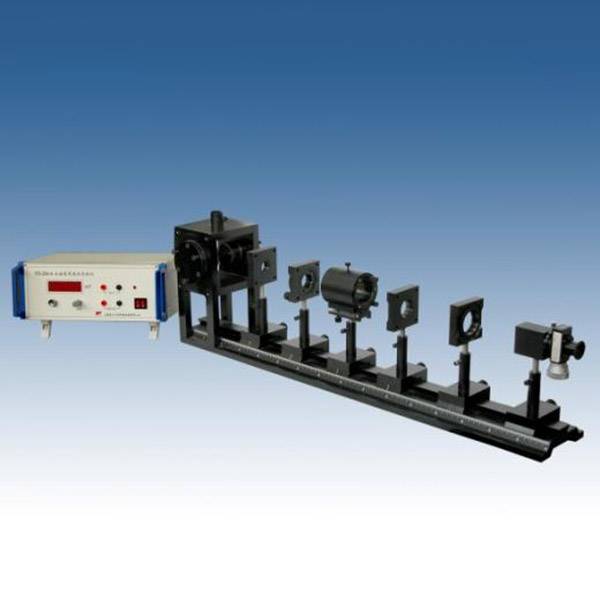China Wholesale Electro-Optic Modulation Quotes – LPT-11 Serial Experiments on Semiconductor Laser – Labor
China Wholesale Electro-Optic Modulation Quotes – LPT-11 Serial Experiments on Semiconductor Laser – Labor Detail:
Description
Laser generally consists of three parts
(1) Laser working medium
The generation of laser must choose the appropriate working medium, which can be gas, liquid, solid or semiconductor. In this kind of medium, the inversion of the number of particles can be realized, which is the necessary condition to obtain laser. Obviously, the existence of metastable energy level is very beneficial to the realization of the number inversion. At present, there are nearly 1000 kinds of working media, which can produce a wide range of laser wavelengths from VUV to far infrared.
(2) Incentive source
In order to make the inversion of the number of particles appear in the working medium, it is necessary to use certain methods to excite the atomic system to increase the number of particles in the upper level. In general, gas discharge can be used to excite dielectric atoms by electrons with kinetic energy, which is called electrical excitation; pulse light source can also be used to irradiate working medium, which is called optical excitation; thermal excitation, chemical excitation, etc. Various excitation methods are visualized as pump or pump. In order to obtain the laser output continuously, it is necessary to pump continuously to keep the number of particles in the upper level more than that in the lower level.
(3) Resonant cavity
With suitable working material and excitation source, the inversion of particle number can be realized, but the intensity of stimulated radiation is very weak, so it can not be applied in practice. So people think of using optical resonator to amplify. The so-called optical resonator is actually two mirrors with high reflectivity installed face to face at both ends of the laser. One is almost total reflection, the other is mostly reflected and a little transmitted, so that the laser can be emitted through the mirror. The light reflected back to the working medium continues to induce new stimulated radiation, and the light is amplified. Therefore, the light oscillates back and forth in the resonator, causing a chain reaction, which is amplified like an avalanche, producing a strong laser output from one end of the partial reflection mirror.
Experiments
1. Output power characterization of semiconductor laser
2. Divergent angle measurement of semiconductor laser
3. Degree of polarization measurement of semiconductor laser
4. Spectral characterization of semiconductor laser
Specifications
|
Item |
Specifications |
| Semiconductor Laser | Output Power< 5 mW |
| Center Wavelength: 650 nm | |
| Semiconductor Laser Driver | 0 ~ 40 mA (continuously adjustable) |
| CCD Array Spectrometer | Wavelength Range: 300 ~ 900 nm |
| Grating: 600 L/mm | |
| Focal Length: 302.5 mm | |
| Rotary Polarizer Holder | Minimum Scale: 1° |
| Rotary Stage | 0 ~ 360°, Minimum Scale: 1° |
| Multi-Function Optical Elevating Table | Elevating Range>40 mm |
| Optical Power Meter | 2 µW ~ 200 mW, 6 scales |
Product detail pictures:
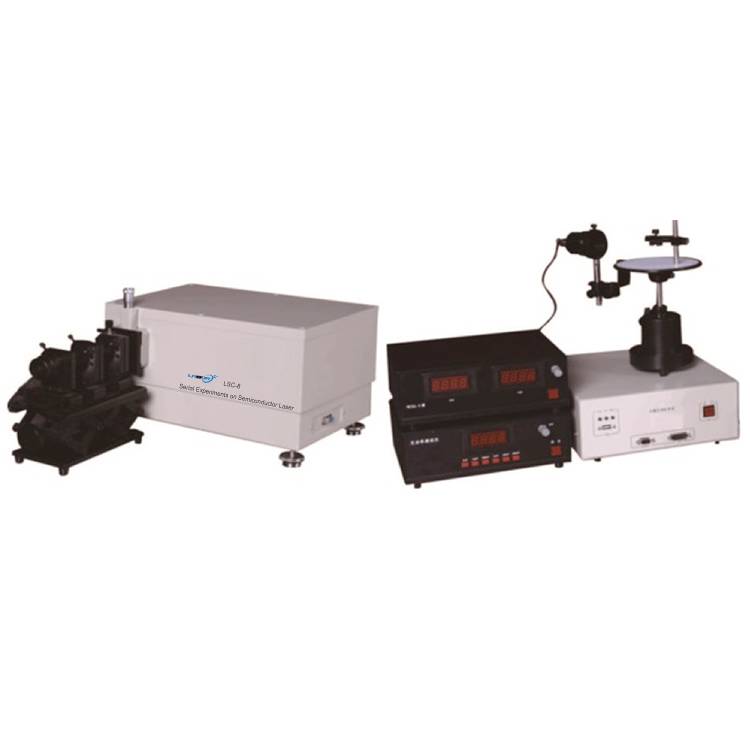
Related Product Guide:
We support our purchasers with ideal premium quality products and substantial level company. Becoming the specialist manufacturer in this sector, we've acquired rich practical working experience in producing and managing for China Wholesale Electro-Optic Modulation Quotes – LPT-11 Serial Experiments on Semiconductor Laser – Labor , The product will supply to all over the world, such as: Honduras, Porto, Cyprus, Our domestic website's generated over 50, 000 purchasing orders every year and quite successful for internet shopping in Japan. We would be happy to have an opportunity to do business with your company. Looking forward to receiving your message !
Company director has very rich management experience and strict attitude, sales staff are warm and cheerful, technical staff are professional and responsible,so we have no worry about product,a nice manufacturer.



